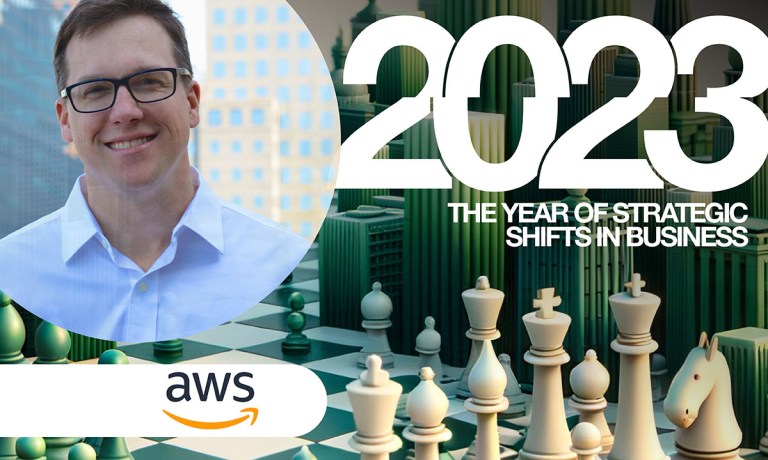
PYMNTS asked industry executives across the payments and digital commerce landscape to give us their take on the pivotal shifts, technological advancements and strategies that have shaped business in 2023. Their responses show critical trendlines to watch in the new year. Mark Smith, head of global payments market development at AWS, sees cloud-based transformation for both established payment companies and FinTechs accelerating in 2024.
In 2023, payment companies advanced their goal of making the payments experience frictionless, safe and more personalized.
Although payment companies began modernizing their platforms and applications on AWS to deliver better experiences over a decade ago, the volume and impact of cloud-based transformation for both established payment companies and FinTechs this year was impressive, and we think the innovation will only accelerate next year.
The timing of these efforts coincides with the increasing commoditization of payment processing. This commoditization has pushed payment companies to evaluate and launch more value-added services to better serve their customers and generate new revenue streams.
For example, Stripe Reconciliation enables companies to accurately capture their revenue from the activity on the Stripe account and reconcile it with their system of record and bank statement. Plaid is incorporating alternative data sources such as income and rent payments to assist with credit decisioning and will operate as a consumer reporting agency.
Payment companies are continuing to find ways to deliver seamless payment experiences in new channels and new ways. Stripe is powering contactless payments through tap-to-pay on iPhones for Alaska Airlines, the first airline to launch this capability. Software point-of-sale solutions like this one tap into a previously underserved group of micro-merchants and small businesses. These solutions can help grow merchant acceptance while adding to the portfolio of value-added services that payments companies can offer to their customers.
Cloud-based technology is enabling much of this innovation and is further lowering the barrier to accepting payments. The ability to harness internal and external data and use it to provide better customer experiences is one of the key benefits payments companies are realizing from the cloud.
Across the board, we’ve seen massive adoption of artificial intelligence and machine learning to transform payments organizations faster and in ways never before possible with smart routing, improved fraud detection and prevention and hyper-personalized offers. In 2024, we expect most payment companies will not only test or advance efforts of AI and ML but will also explore the vast potential of generative AI.
Many AWS customers are also looking to partners for complementary data or software to round out their applications and platforms, which speeds up new product release times and the value they can deliver to customers. Data also plays a key role in financial inclusion, with banks and payment customers leveraging additional data to serve more and more consumers — those with varying credit histories and even without credit histories.
With the proliferation globally of instant payment rails, some payment companies are further diversifying their business to offer merchants and consumers a variety of instant payment methods, including account-to-account payments, cards (credit, debit, gift) and mobile wallets. More financial institutions will need to upgrade their payment stacks or build new infrastructure to connect to new real-time payments rails and offer real-time payment services to their retail and corporate customers.
These are just a few of the many areas where we’re seeing technology play a role in shaping innovation in the industry. It’s an exciting time to be in the payments industry, with an increasing number of opportunities to remove friction and increase volume and velocity throughout the value chain. In response, banks and payments companies are moving faster than ever to modernize their platforms and applications, harness data and deliver new products and experiences to customers.